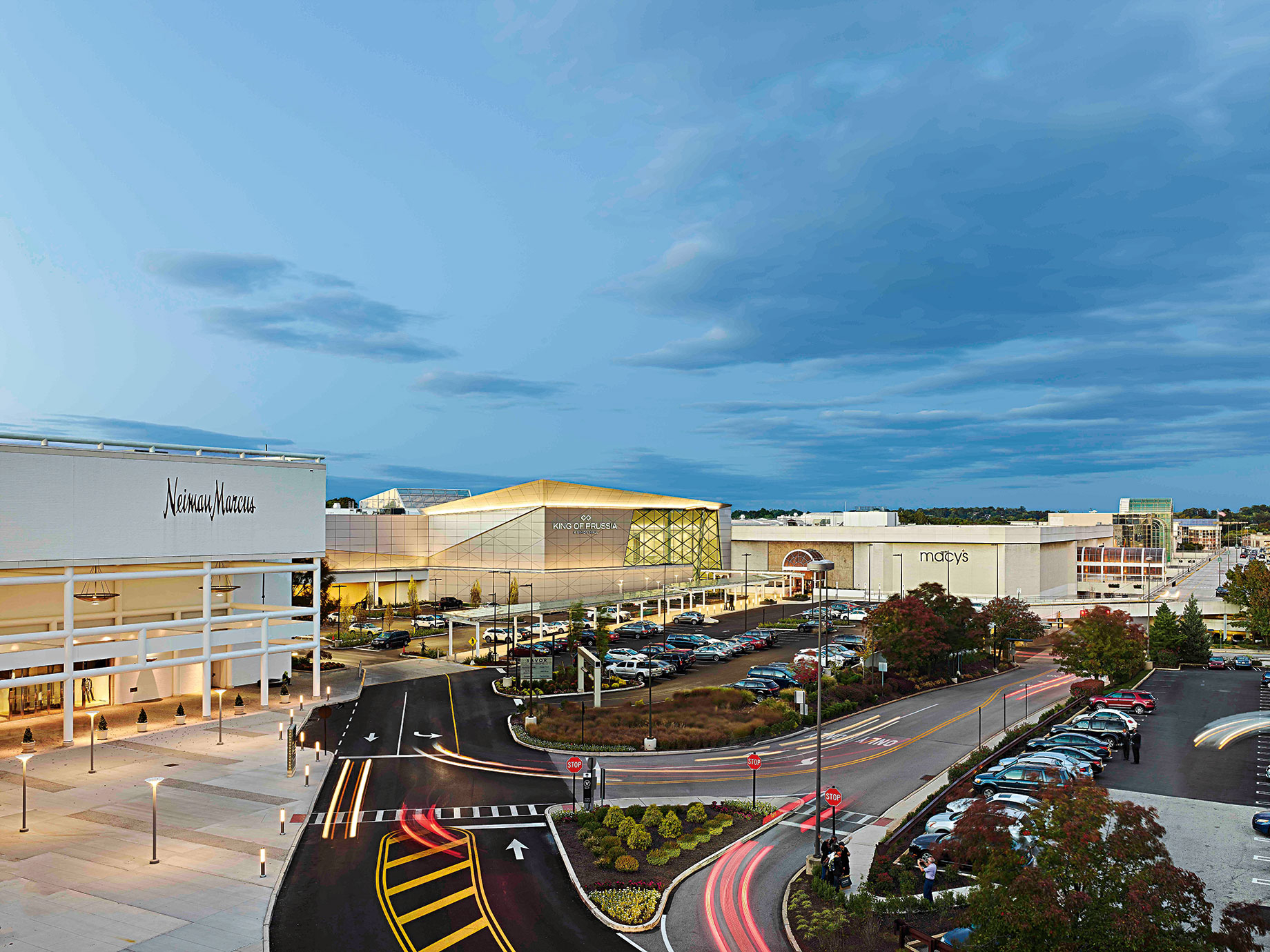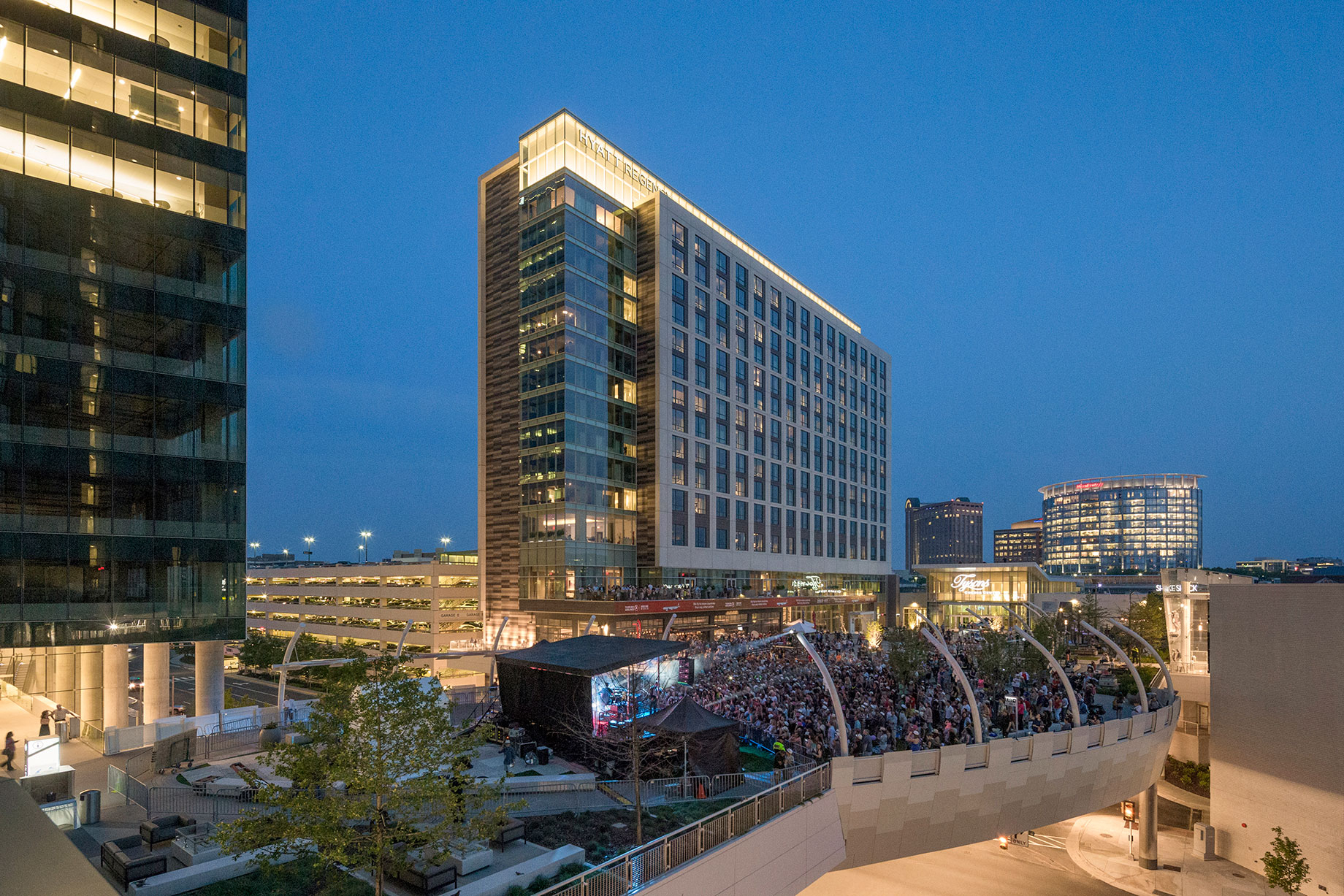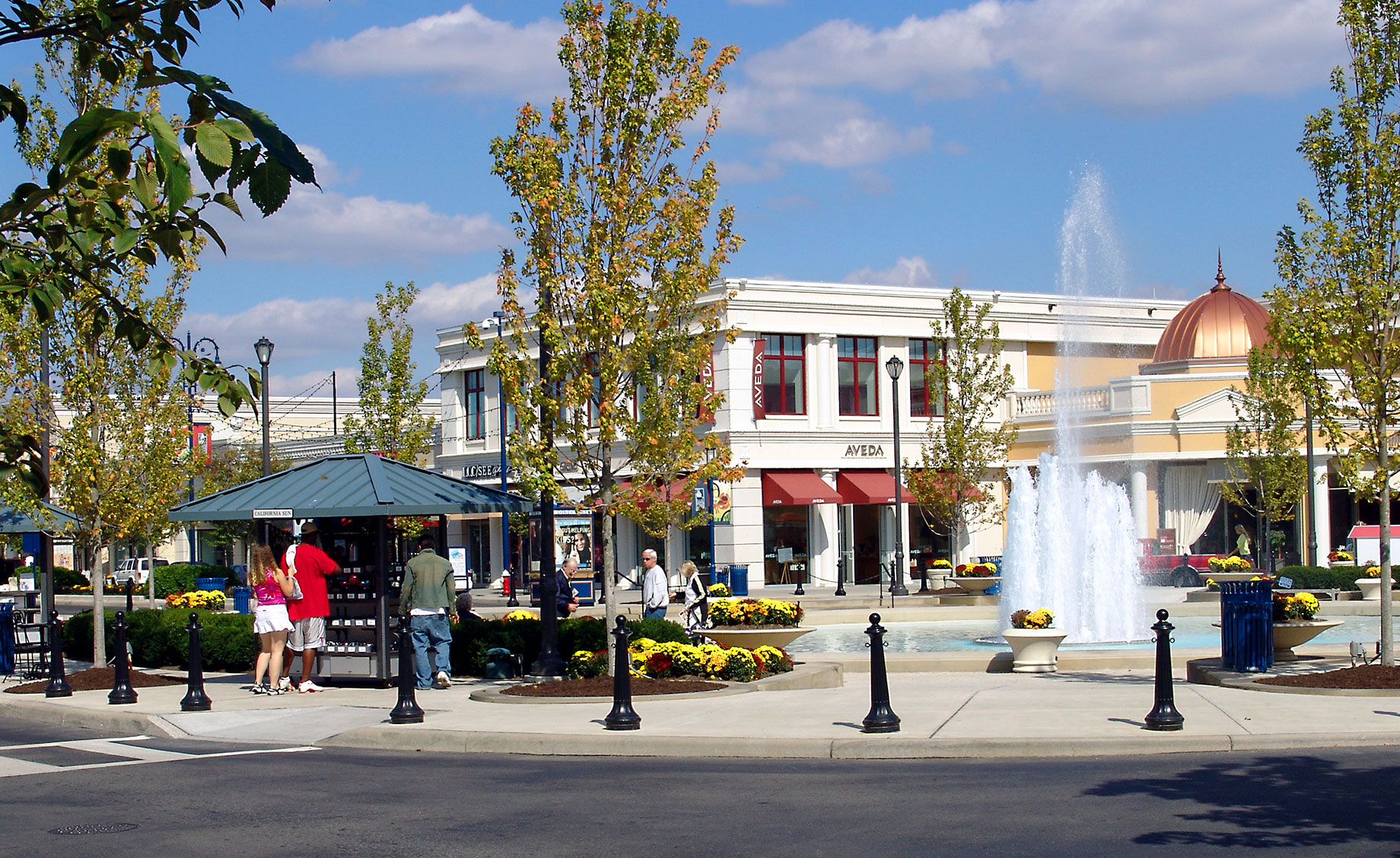The popularity of retail centers as one-stop-shopping destinations appears destined to grow as developers continue to introduce new types of uses at their properties, including entertainment, medical services and housing, according to a new report from ICSC.
Nearly four-fifths (78 percent) of U.S. adults would consider residing in environments that offer housing, workplaces, shopping, dining and recreation within close proximity, according to the report, titled Mixed-Use Properties: A Convenient Option for Shoppers. In a National Association of Realtors survey cited in the ICSC report, 80 percent of the respondents said that in choosing a place to live, they think it important to be within easy walking distance of such amenities as shopping.

Simon is bringing offices, homes and hotels into its King of Prussia (Pa.) mall
Shopping centers are especially well-positioned to add new uses, given their expansive parking lots and their ambitions to repurpose big-box space. Moreover, their customers have become increasingly accustomed to finding reasons to visit besides shopping. About 44 percent of consumers say that their shopping center visits today are more likely to include a variety of activities compared to two years ago, according to the report.

An office site and a plaza were added to Tysons Corner Center in July 2014, followed by a hotel in April 2015 and then residences the month after that
According to CoStar Realty Information, landlords have significantly expanded nonretail/nonrestaurant offerings at shopping centers, from 19 percent of total U.S. shopping center gross leasable area at the end of 2012 to nearly 25 percent at the end of 2018. CoStar also reports that the number of fitness centers in shopping centers grew from 6,218 in 2008 to 14,044 in 2018.

Easton Town Center, which opened in Columbus, Ohio, in 1991, was a groundbreaking mixed-use center that continues to grow
Retail-center-based medical clinics mushroomed from 351 in 2006 to 2,800 in 2017, an increase of nearly 700 percent, according to Accenture. Moreover, medical clinics at retail spaces could grow to number about 4,000 by 2020, says Chad Pinnell, managing director of the JLL health care solutions group.
Retail will remain the central pillar of mixed-use developments, however: No fewer than 80 percent of the consumers who have visited a shopping center so far this year made purchases at retail establishments.
By Edmund Mander
Director, Editor-In-Chief/SCT


